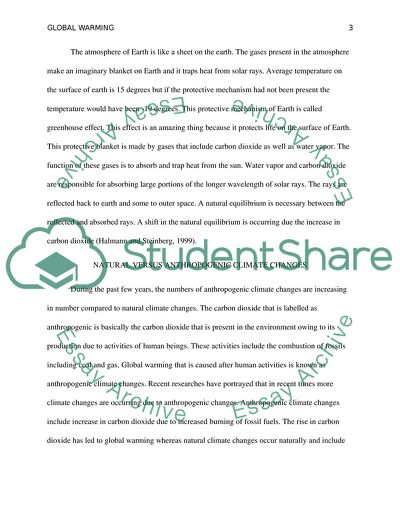Cite this document
(Global Warming: Cause and Mitigation Coursework Example | Topics and Well Written Essays - 1250 words, n.d.)
Global Warming: Cause and Mitigation Coursework Example | Topics and Well Written Essays - 1250 words. https://studentshare.org/environmental-studies/1836555-global-warming-cause-and-mitigation
Global Warming: Cause and Mitigation Coursework Example | Topics and Well Written Essays - 1250 words. https://studentshare.org/environmental-studies/1836555-global-warming-cause-and-mitigation
(Global Warming: Cause and Mitigation Coursework Example | Topics and Well Written Essays - 1250 Words)
Global Warming: Cause and Mitigation Coursework Example | Topics and Well Written Essays - 1250 Words. https://studentshare.org/environmental-studies/1836555-global-warming-cause-and-mitigation.
Global Warming: Cause and Mitigation Coursework Example | Topics and Well Written Essays - 1250 Words. https://studentshare.org/environmental-studies/1836555-global-warming-cause-and-mitigation.
“Global Warming: Cause and Mitigation Coursework Example | Topics and Well Written Essays - 1250 Words”. https://studentshare.org/environmental-studies/1836555-global-warming-cause-and-mitigation.


